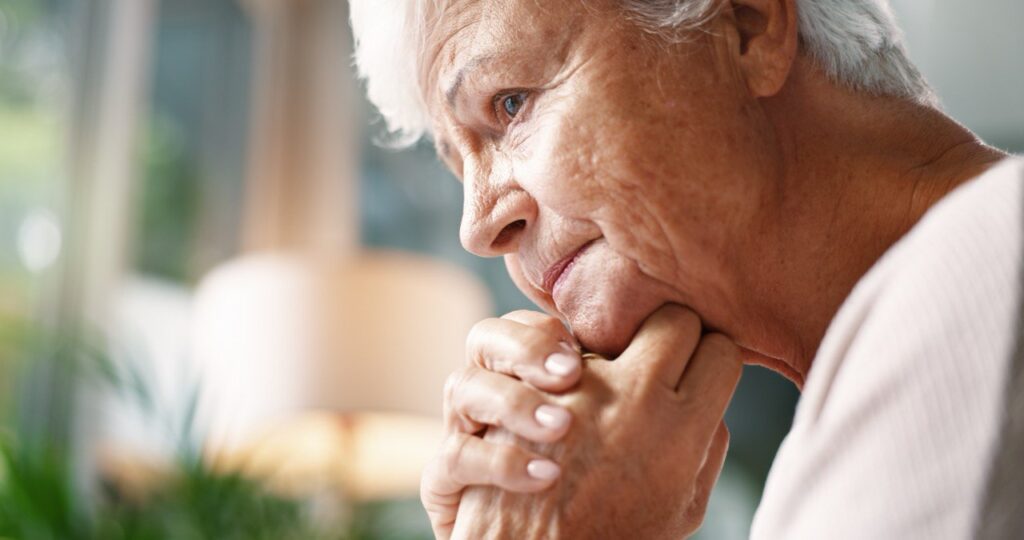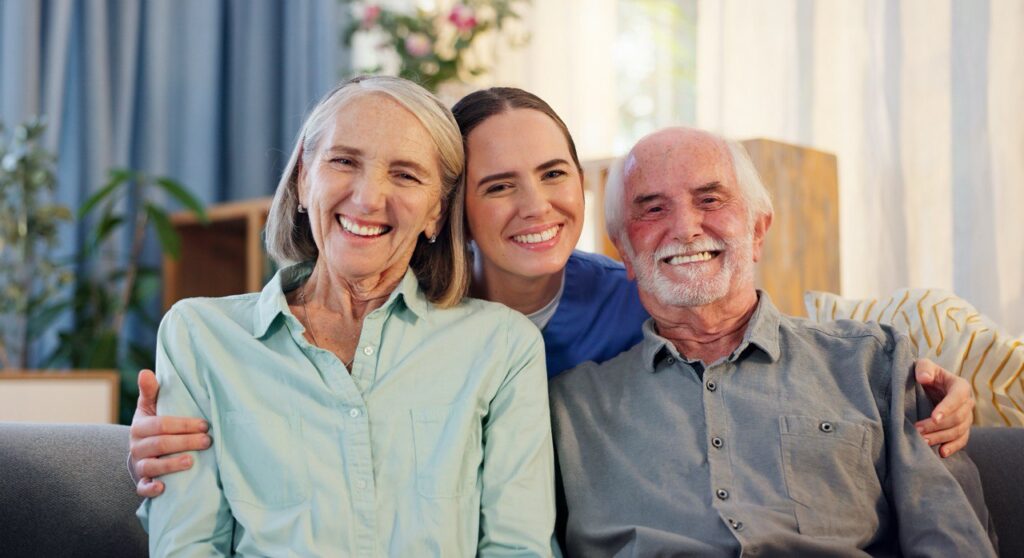Aging is often seen as a natural part of life, as we age, the world begins to shift in ways we never expected. Yet the emotional and social transition that comes with it are rarely talked about. For many seniors, the greatest struggle isn’t about the physical decline, it’s the isolation. In this stage of life, one thing becomes clearer, a supportive community is not just helpful, it’s essential. In this interview Dr Toh Ee Lyn will talk about the importance of routine, social connection, and supportive community living for seniors.

1Twenty80: From your experience, why is social connection so crucial for seniors’ mental and emotional health?
Dr Toh Ee Lyn: As we enter retirement, we move into a new phase of life where our usual routines change. Humans naturally depend on routine—like going to school when we’re young or going to work as adults. When we retire, those routines disappear, and many people suddenly find themselves at home with less structure. That’s why social connection becomes so important. Being around others who are experiencing the same stage of life provides support that helps maintain good mental health.
1Twenty80: What changes do you often see in residence from when they were living alone to when they have joined community living?
Dr Toh Ee Lyn: Overall, most residents show positive changes. Many truly blossom, because of the social connection and activities provided. But of course there are a minority of them that struggle with the transition, which we spend more time encouraging them to come out of their shell. From what I’ve observed, those who struggle often come with a fixed mindset, believing this place isn’t for them or that they don’t belong. Some have also lived alone for a long time, so suddenly being surrounded by people can feel overwhelming.

1Twenty80: How do structured activities, shared spaces and daily interactions contribute to healthier aging?
Dr Toh Ee Lyn: Having structured daily activities that involve social interaction helps create a routine for our seniors. This routine gives them familiarity and a sense of safety because they know what to expect each day. For example, they might have yoga on Monday morning and an art class in the afternoon. We also make sure there’s a good mix of activities. As we age, cognitive stimulation becomes very important, and these activities help provide that.
1Twenty80: What about the families? For those who worry about their loved ones feeling lonely or isolated, what would you advise when considering community living for them
Dr Toh Ee Lyn: One of the biggest concerns families have is the loneliness their parents may experience. Culturally, bringing seniors into community living is often seen as a form of abandonment, which creates a strong sense of guilt. But it’s important to view this differently. It’s not about “sending them away,” but actually giving them a better place to stay that is suitable for their needs at that point in time. The parents’ perspective also matters. They need to understand that this transition can benefit them, especially as they become weaker and require more support, support that community living can provide.
Families should pay attention to signs of loneliness, such as reduced engagement, talking less, focusing on trivial worries, or poor sleep. These may indicate that they are struggling. Having open, honest conversations about community living, and even visiting a few places together, can help ease concerns. Throughout the transition, it’s important for families to remain present and supportive. This reassures seniors that they are not being abandoned, they are simply moving to a place that can support their needs.

1Twenty80: Beyond just facilities like you mentioned just now that can truly support their needs, what else makes a senior living community truly supportive in promoting mental well-being and a sense of belonging?
Dr Toh Ee Lyn: A supportive environment is one where residents feel seen, safe, and valued as individuals. Safety is more than protection from theft or robbery, it’s the assurance that help is nearby if a medical emergency occurs. Emotional safety is equally important. Their thoughts, preferences, and boundaries must be respected. For example, if a resident says they’re not up for an activity that day, that choice should be respected so they know their voice matters.
Community living is more than a state of art facility. It’s about the connections residents build, not only with one and another, but also with the staff who support them every day.











